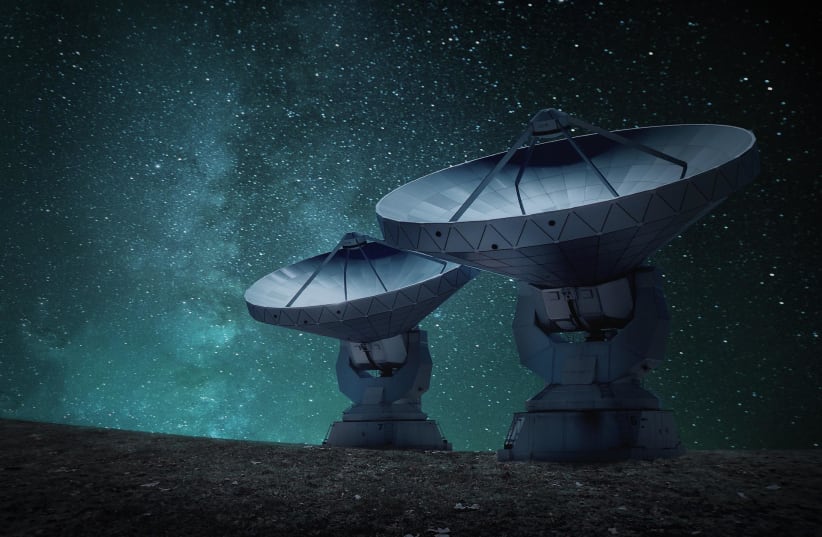An instrument called the Compact Color Biofinder may help scientists find evidence of alien life, according to a new study.
"First of its kind"
The peer-reviewed study, conducted by Anupam Misra, lead instrument developer and researcher at the Hawai‘i Institute of Geophysics and Planetology at the UH Mānoa School of Ocean and Earth Science and Technology (SOEST), and co-author and biologist Sonia J. Rowley, and published in the journal Scientific Reports last week, found that the Biofinder can accurately detect residue from fish fossils from a 34-56 million year-old river formation.
“The Biofinder is the first system of its kind,” said Misra. “At present, there is no other equipment that can detect minute amounts of bio-residue on a rock during the daytime. Additional strengths of the Biofinder are that it works from a distance of several meters, takes video and can quickly scan a large area.”
The Biofinder, developed by Misra in 2012, has been upgraded by NASA's PICASSO program with color capabilities.
The researchers tested the Biofinder on fish fossils and confirmed their findings using spectroscopy analysis, fluorescence lifetime imaging microscopy and scanning electron microscopy.
“If the Biofinder were mounted on a rover on Mars or another planet, we would be able to rapidly scan large areas quickly to detect evidence of past life, even if the organism was small, not easy to see with our eyes, and dead for many millions of years. We anticipate that fluorescence imaging will be critical in future NASA missions to detect organics and the existence of life on other planetary bodies.”
Anupam Misra, lead instrument developer, Hawai‘i Institute of Geophysics and Planetology, UH Mānoa School of Ocean and Earth Science and Technology (SOEST)
Misra noted that the findings could prove useful in the search for extraterrestrial life:
“If the Biofinder were mounted on a rover on Mars or another planet, we would be able to rapidly scan large areas quickly to detect evidence of past life, even if the organism was small, not easy to see with our eyes, and dead for many millions of years. We anticipate that fluorescence imaging will be critical in future NASA missions to detect organics and the existence of life on other planetary bodies.”

